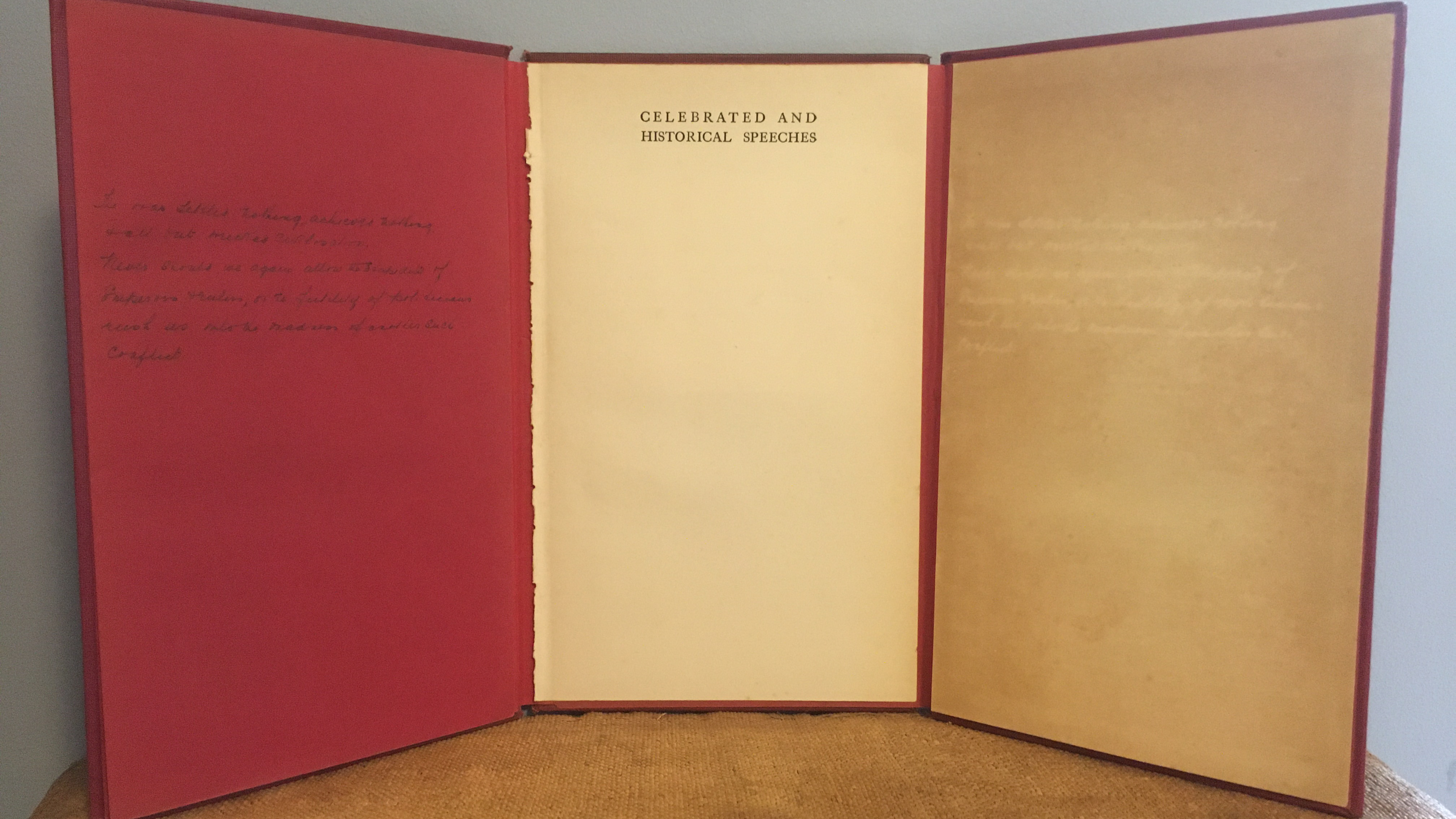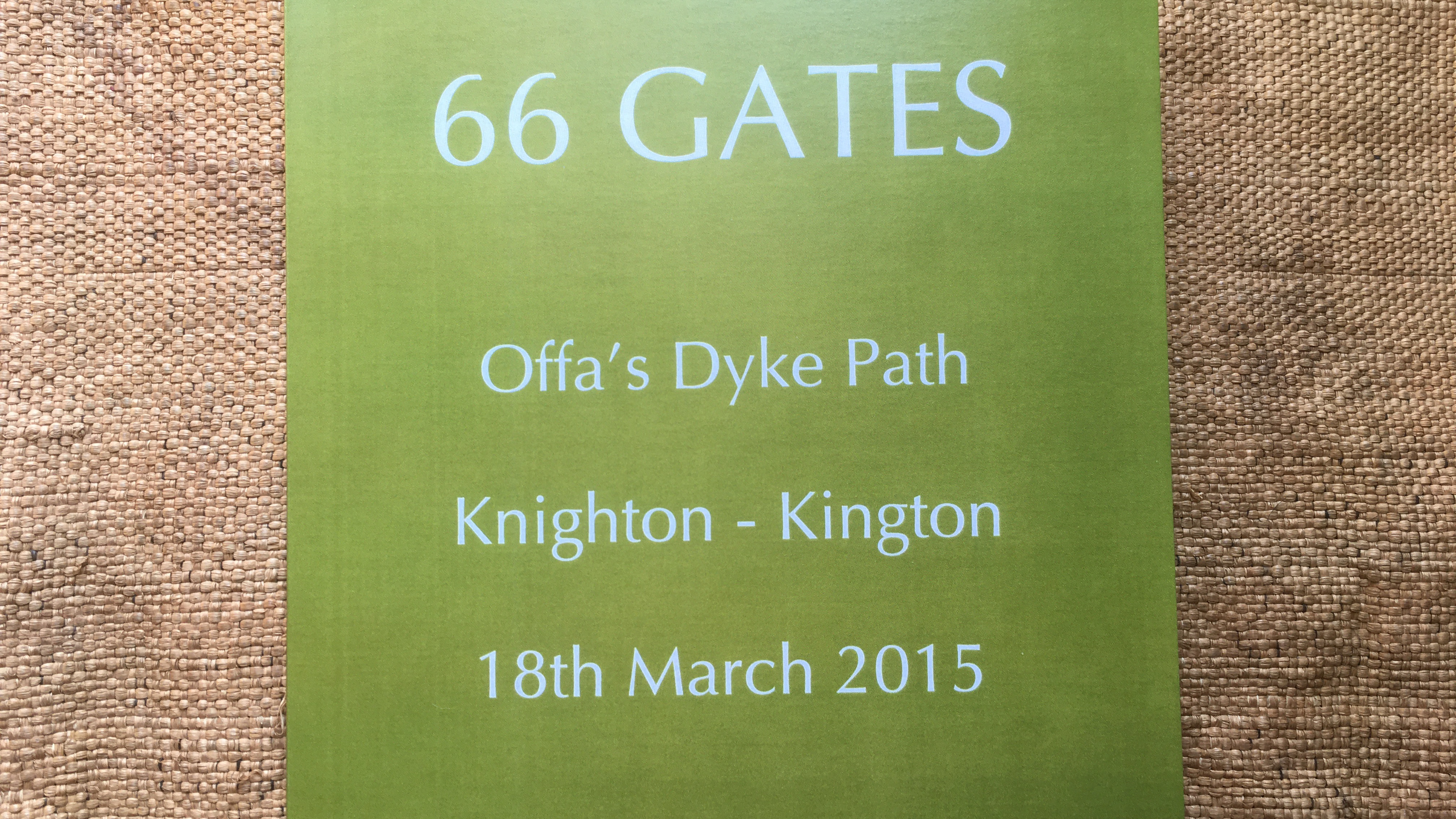
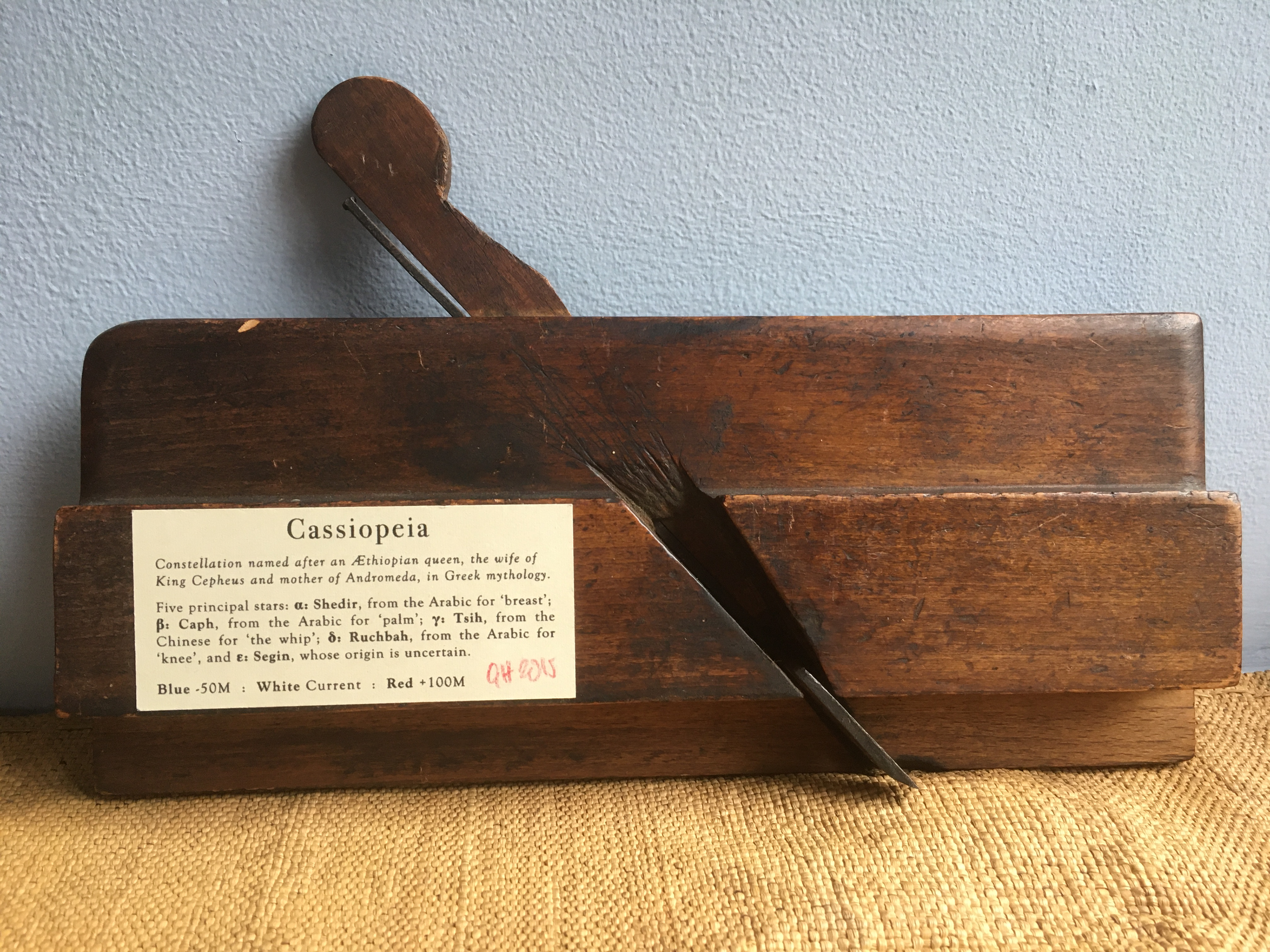
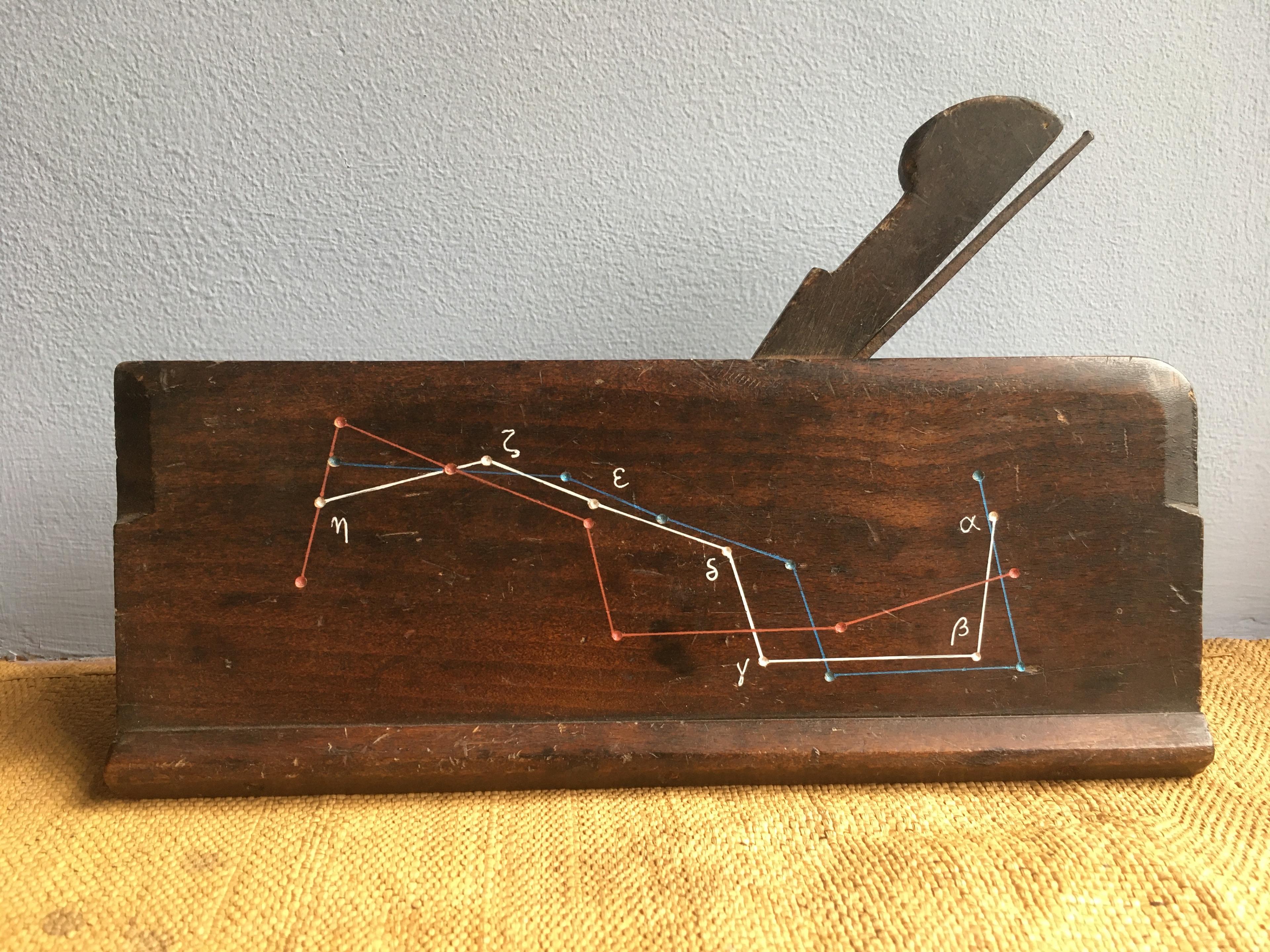
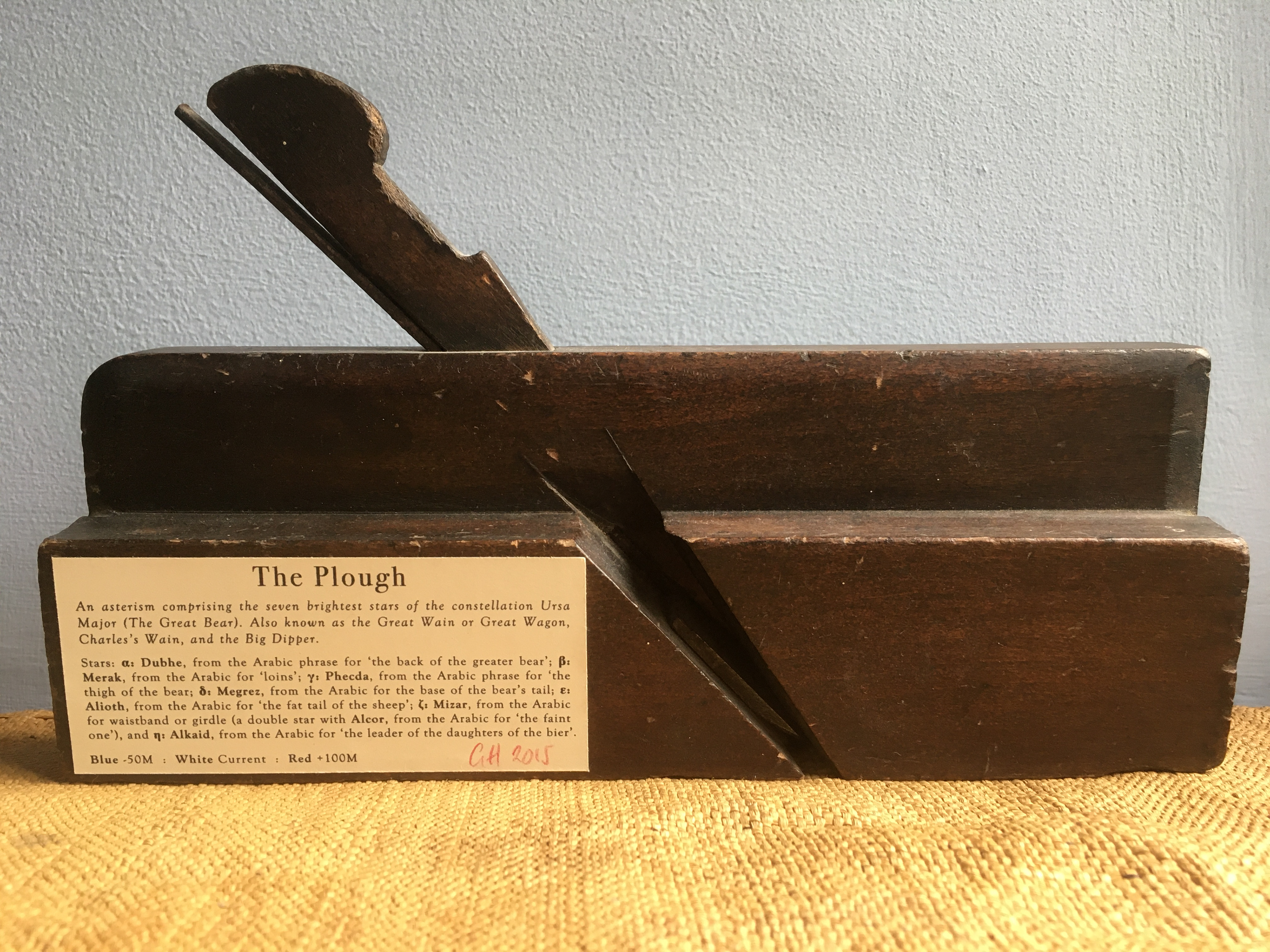
A pair of works to link the human and the cosmic scale, the moulding planes are marked with the changing pattern of the stars, as seen from Earth. In both cases the blue stars and lines show how a familiar constellation looked from our perspective 50 millennia ago, the white stars how it looks now, and the red stars how it will look 100 millennia from now.
Cassiopeia : The constellation named after an Æthiopian queen, the wife of King Cepheus and mother of Andromeda, in Greek mythology. Has five principal stars: α - Shedir, from the Arabic for ‘breast’; β - Caph, from the Arabic for ‘palm’; γ - Tsih, from the Chinese for ‘the whip’; δ - Ruchbah, from the Arabic for ‘knee’, and ε - Segin, a name of uncertain origin.
The Plough : An asterism comprising the seven brightest stars of the constellation Ursa Major (The Great Bear). Also known as The Great Wain or Great Wagon, Charles’s Wain, and The Big Dipper. The stars are: α - Dubhe, from the Arabic phrase for ‘the back of the greater bear’; β - Merak, from the Arabic for ‘loins’; γ - Phecda, from the Arabic phrase for ‘the thigh of the bear’; δ - Megrez, from the Arabic for ‘the base of the bear’s tail’; ε - Alioth, from the Arabic for ‘the fat tail of the sheep’; ζ - Mizar, from the Arabic for ‘waistband’ or ‘girdle’, (a double star with Alcor, from the Arabic for ‘the faint one’), and η - Alkaid, from the Arabic for ‘the leader of the daughters of the bier’.
2015 ; Edition of 2.


